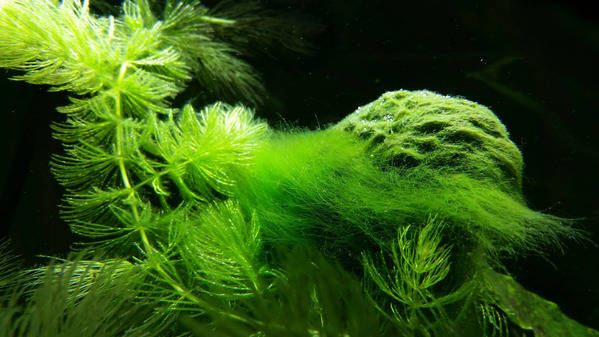Keeping your animals' water clean is essential for their health, but algae can often be a persistent problem. Algae thrive in warm, sunny conditions and can quickly make water dirty, unappealing, and even unsafe. Fortunately, there are effective ways to prevent algae from growing in your pets' or livestock's water. Here's a comprehensive guide on how to keep algae out of animal water, ensuring it stays fresh and safe for your animals.

Algae need sunlight to grow, so reducing sun exposure is key to keeping it out of your animals' water.
Move Water Bowls to Shaded Areas: Place water containers in shaded spots, such as under trees or canopies. This keeps the water cooler and less exposed to direct sunlight, preventing algae from forming.
Use Covered Containers: Use containers with lids or partial covers to block sunlight while still allowing your animals access to water.
Standing water encourages algae growth, so regular cleaning is essential.
Scrub Containers Every Few Days: Empty the water container and scrub it with a brush to remove any slime, dirt, or early algae growth. A mild bleach solution (1 part bleach to 10 parts water) can be used for disinfection, but always rinse thoroughly afterward.
Change Water Frequently: Replace the water daily or every few days, especially in hot weather, as fresh water is less likely to develop algae.
Certain water containers are more resistant to algae growth.
Choose Dark or Opaque Containers: Dark-colored or opaque containers block sunlight, reducing algae growth. Plastic, rubber, or stainless steel containers in darker shades work best.
Avoid Clear Containers: Transparent or light-colored containers allow sunlight to penetrate, encouraging algae growth.
Some natural substances can inhibit algae growth without harming your animals.
Apple Cider Vinegar: Add about 1 teaspoon of apple cider vinegar per gallon of water. This lowers the water's pH, making it harder for algae to grow, and is safe for most animals with additional health benefits.
Barley Straw: Placing small bundles of barley straw in water containers can help prevent algae growth by releasing natural algae-inhibiting compounds as the straw decomposes.
Algae thrive in stagnant water, so keeping the water moving can help.
Fountains or Bubblers: In larger water troughs, use a small fountain, bubbler, or aerator to keep the water moving. These devices make it harder for algae to settle and help oxygenate the water, which benefits your animals.
Floating Devices: For smaller containers, floating devices that move with the wind or water can disturb the water surface, preventing algae from settling.
Algae feed on nutrients like nitrates and phosphates, which can accumulate in water from dirt, food, or animal waste. Limiting these nutrients will help reduce algae growth.
Keep Water Containers Elevated: Elevate containers off the ground to prevent dirt, grass, or animal feed from getting into the water, reducing nutrient availability for algae.
Place Water Away from Feeding Areas: Keep water containers away from feeding zones to avoid food particles falling into the water, which would otherwise encourage algae growth.
While algae itself may not always be harmful, certain types can have negative effects on your animals. Prolonged exposure to algae-infested water can lead to:
Unpleasant Taste and Smell: Algae can cause water to taste and smell bad, making animals less likely to drink it, which can lead to dehydration.
Toxins from Blue-Green Algae: Blue-green algae (cyanobacteria) can release harmful toxins that can cause digestive issues, liver damage, or even death in animals. This algae often appears as a thick green scum on water, and any signs of it should be dealt with immediately.
Irritation and Infection: Drinking algae-infested water can irritate animals’ digestive tracts and increase the risk of infections. This may result in symptoms like vomiting or diarrhea.
Reduced Water Quality: Algae reduce water quality by depleting oxygen levels as they decompose. This can affect the health of your animals, especially in large water sources like ponds or troughs.
Preventing algae from growing in animal water is essential for maintaining the health and well-being of your pets or livestock. By limiting sunlight exposure, cleaning containers regularly, using algae-resistant materials, and adding natural inhibitors, you can keep water fresh, clean, and algae-free. Understanding the risks of algae, especially harmful types like blue-green algae, is crucial in keeping your animals safe. With these practical tips, you’ll ensure your animals always have access to safe, clean drinking water.
animal tags: Animals
We created this article in conjunction with AI technology, then made sure it was fact-checked and edited by a Animals Top editor.